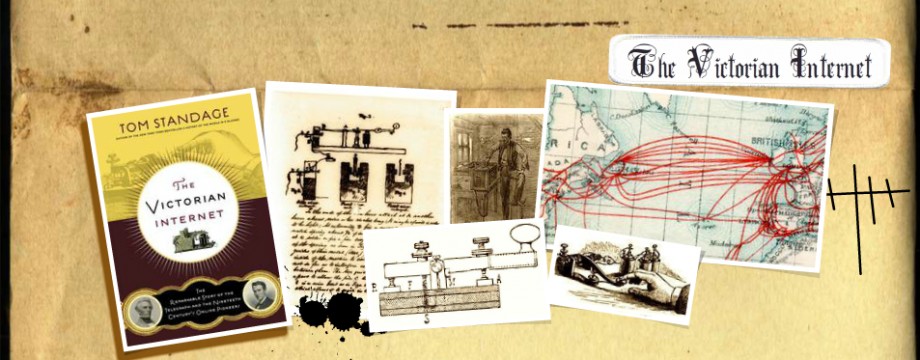CHAPTER 3
There were many skeptics to convince about the functioning of the telegraph as one cannot physically see how an electric telegraph works. In order to do so, both the American team (Morse + Vail) and the British team (Cooke + Wheatstone) realize that they must build large scales models. Despite opposition and setbacks for both parties, they eventually manage to build telegraph lines along railways.
Cooke and Wheatstone first approached London & Birmingham Railway 1837: line between Euston and Camden (1.25 miles) was created but the railway company suddenly backed out and the Brits approached Great Western Railways who eventually settled on a 13 mil telegraph link between Paddingon and West Drayton. Another line was soon installed on the Blackwall Railway. During this large scale testing it was discovered that the number of needles required for the telegraph to function was only two, instead of the five in the original design devised by Cooke and Wheatstone. Cooke then funded an 18 mile extension to Slough. On his end, Morse eventually succeeded in convincing congress to give him funding and in December 1842 he received 30 000 $ toward the construction of an experimental line. The Baltimore and Ohio Railroad Company agreed to let the telegraph be run alongside their railway to create a line between Washington and Baltimore.
The telegraph gained popularity when it was found to be useful at conveying important news rapidly. Prior to this point, the fastest way to convey information had been by train. For example on August 6th, 1844 the telegraph was used to announce the birth of Queen Victoria’s second son Alfred Ernest, allowing the information to be disseminated quickly. Equally on January 3rd 1845 the telegraph was used to arrest John Tawell when he fled to London by train by announcing his description to the police so that he could be apprehended as he exited the train. In the US, the telegraph line had proved a similar use in apprehending criminals. However, even with demonstration made on both ends of the world, the telegraph remained largely a scientific wonder and was not seen as a useful message conveying device nor was interest shown by the governments to extend the lines.
Both the American and British teams turned to private industry in 1845. Morse funded the Magnetic Telegraph Company with the help of Amos Kendall. While Cooke teamed up with John Lewis Ricardo and started the Electrical Telegraph Company. Soon after both telegraph companies started to receive business and the telegraph took off as a profitable commercial tool.
